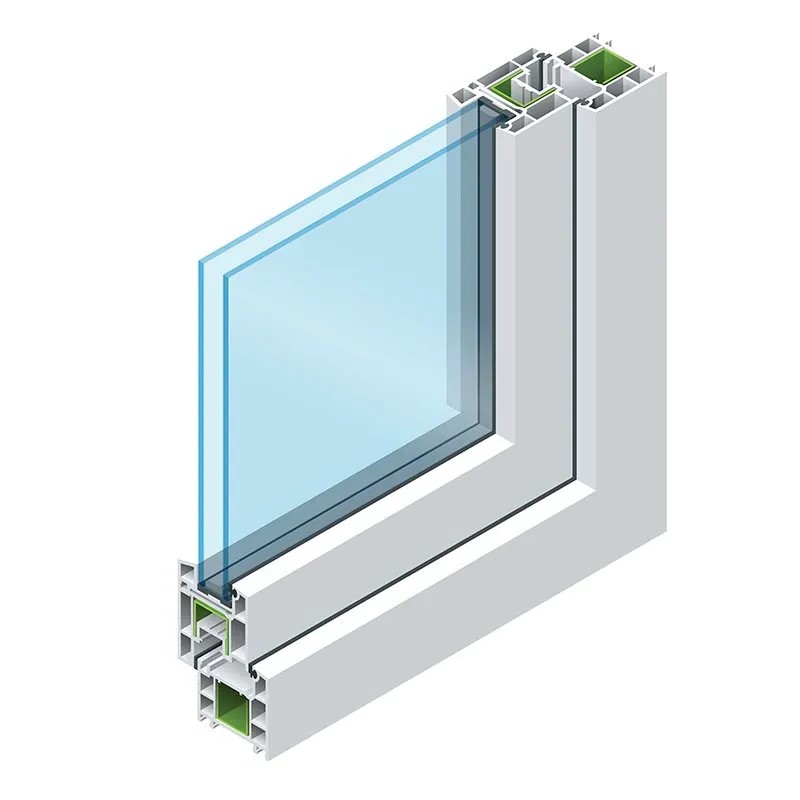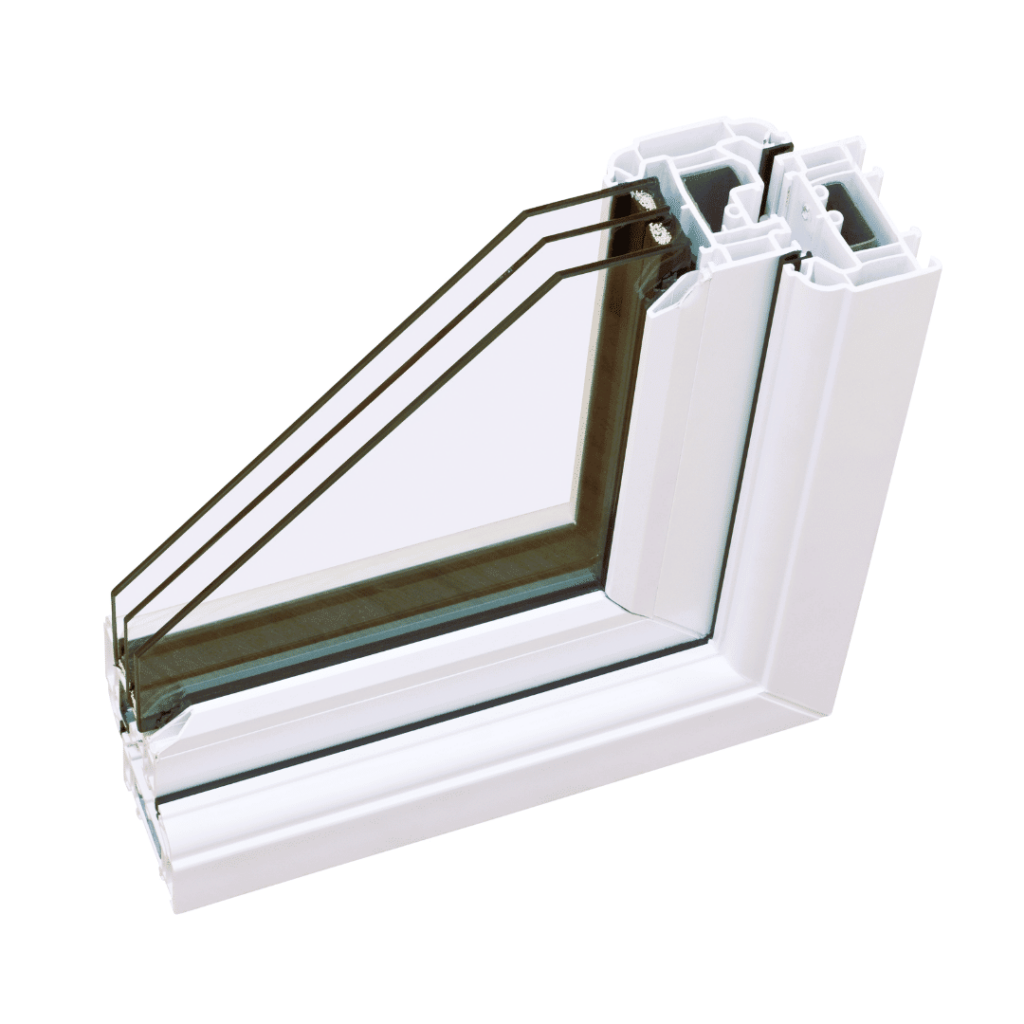
The Benefits of Double and Triple Glazing for Windows
Windows are a critical component of any building, serving multiple purposes beyond just providing a view to the outside world. They allow natural light to illuminate interiors, provide ventilation, and play a significant role in maintaining indoor comfort. However, windows can also be a source of energy loss and can impact the overall energy efficiency of a structure. This is where the use of double and triple glazing comes into play. In this article, we will explore the benefits of double and triple glazing for windows, the science behind their efficiency, and their role in creating more comfortable, energy-efficient, and sustainable living spaces.
Understanding Double and Triple Glazing
Before delving into the benefits, it’s essential to understand what double and triple glazing are:
- Double Glazing: Double glazing refers to a window construction that consists of two glass panes separated by a spacer, typically with a layer of air or inert gas in between. The space between the panes acts as insulation, reducing heat transfer and providing a barrier against external temperatures.
- Triple Glazing: Triple glazing, on the other hand, involves three glass panes separated by two spacers with two insulating air or gas layers. The additional pane and layers of insulation further enhance the window’s energy efficiency.
Benefits of Double Glazing

- Improved Insulation: Double glazing provides better insulation than single-glazed windows. The layer of air or gas between the panes acts as a thermal barrier, reducing heat transfer and keeping indoor spaces warmer in the winter and cooler in the summer.
- Energy Efficiency: With reduced heat transfer, double-glazed windows contribute to energy efficiency by minimizing the need for heating or cooling. This can result in lower energy bills and a reduced carbon footprint.
- Sound Insulation: Double glazing also offers improved sound insulation. The multiple layers of glass and insulating material help reduce noise from the outside, providing a quieter and more peaceful indoor environment.
- Condensation Reduction: Double-glazed windows are less prone to condensation, which can help prevent moisture-related issues like mold and mildew.
- Enhanced Security: The additional layer of glass in double-glazed windows adds an extra level of security, making it more difficult for intruders to break through. Find out what effect window orientation has on the energy efficiency of a home in our article.
Benefits of Triple Glazing
- Superior Insulation: Triple glazing takes insulation to the next level. The extra glass pane and insulating layers make it even more effective at reducing heat transfer, providing excellent thermal performance.
- Maximum Energy Efficiency: With its exceptional insulation, triple glazing is ideal for regions with extreme climates, helping to maintain indoor comfort while minimizing energy consumption.
- Noise Reduction: Triple-glazed windows offer superior sound insulation, making them an excellent choice for homes or buildings in noisy areas or near transportation routes.
- UV Protection: The multiple glass layers in triple-glazed windows can block a significant portion of harmful UV rays, helping to protect furnishings and artwork from fading.
- Increased Home Value: The energy efficiency and comfort provided by triple glazing can enhance a property’s market value, making it a wise investment.
The Science Behind Efficiency
The efficiency of double and triple glazing is primarily attributed to their ability to reduce heat transfer through three main mechanisms: conduction, convection, and radiation.
- Conduction: Heat transfer through the solid materials (glass panes and spacers) is minimized by using low-emissivity (low-E) coatings on the glass. These coatings reflect heat back into the interior space, preventing it from escaping.
- Convection: Heat transfer through the movement of air between the glass panes is reduced by using insulating gases like argon or krypton. These gases are denser than air, creating a barrier that hinders heat flow.
- Radiation: Heat transfer through the emission of infrared radiation is mitigated by the low-E coatings, which reflect this energy back into the room.

Government Standards and Regulations
Government standards and regulations play a crucial role in ensuring the quality and performance of double and triple glazing. In Canada, for instance, the Canadian Standards Association (CSA) sets standards for windows and doors to ensure their safety and effectiveness.
Additionally, energy efficiency programs and incentives may be available to encourage homeowners and builders to choose energy-efficient windows. These programs can help offset the initial costs of double and triple glazing and promote the use of sustainable construction materials.
Conclusion
Double and triple glazing for windows offer a multitude of benefits, from improved insulation and energy efficiency to enhanced soundproofing and UV protection. These technologies have a significant impact on the comfort, energy consumption, and sustainability of buildings. As we continue to prioritize energy efficiency and sustainable living, double and triple glazing play a vital role in creating more environmentally responsible and energy-efficient living spaces.
For more information on double and triple glazing and relevant standards and regulations, you can refer to Canada.ca, where you can find valuable resources and guidelines. Embracing the efficiency and insulation properties of these advanced window technologies is a significant step toward creating a more comfortable and sustainable future for our homes and the environment.
